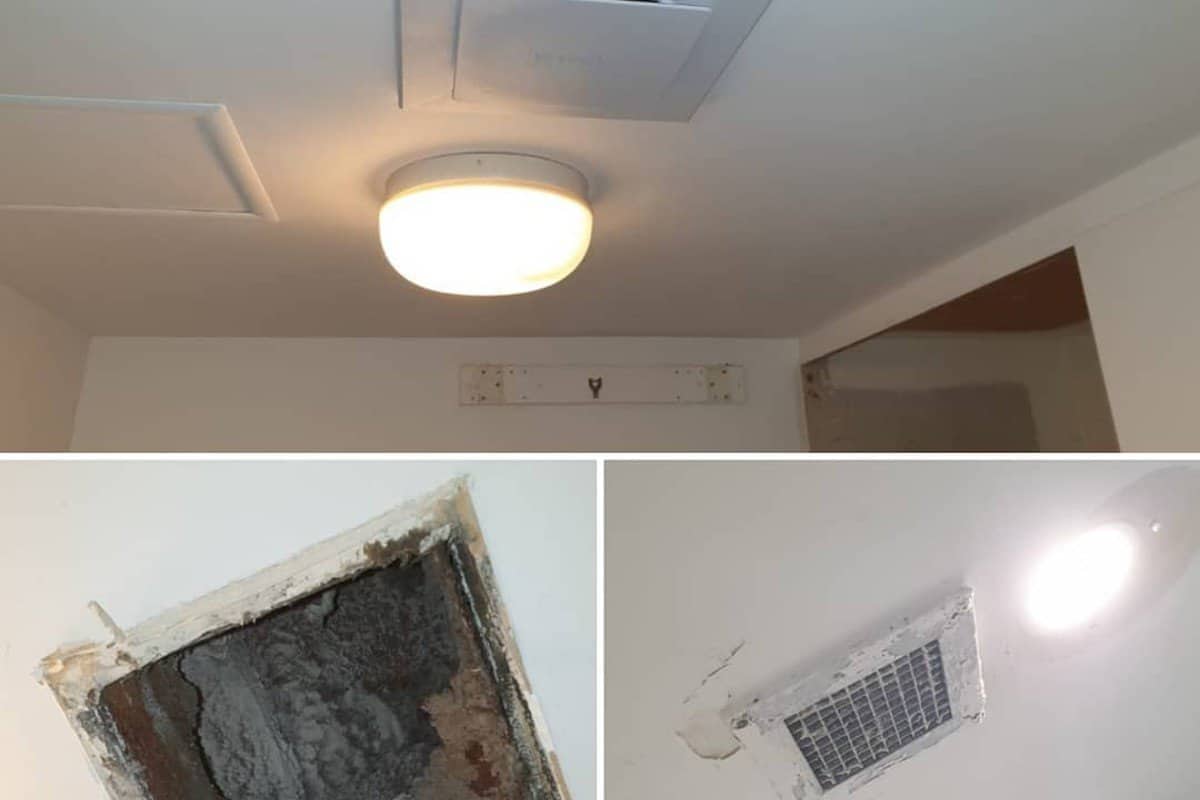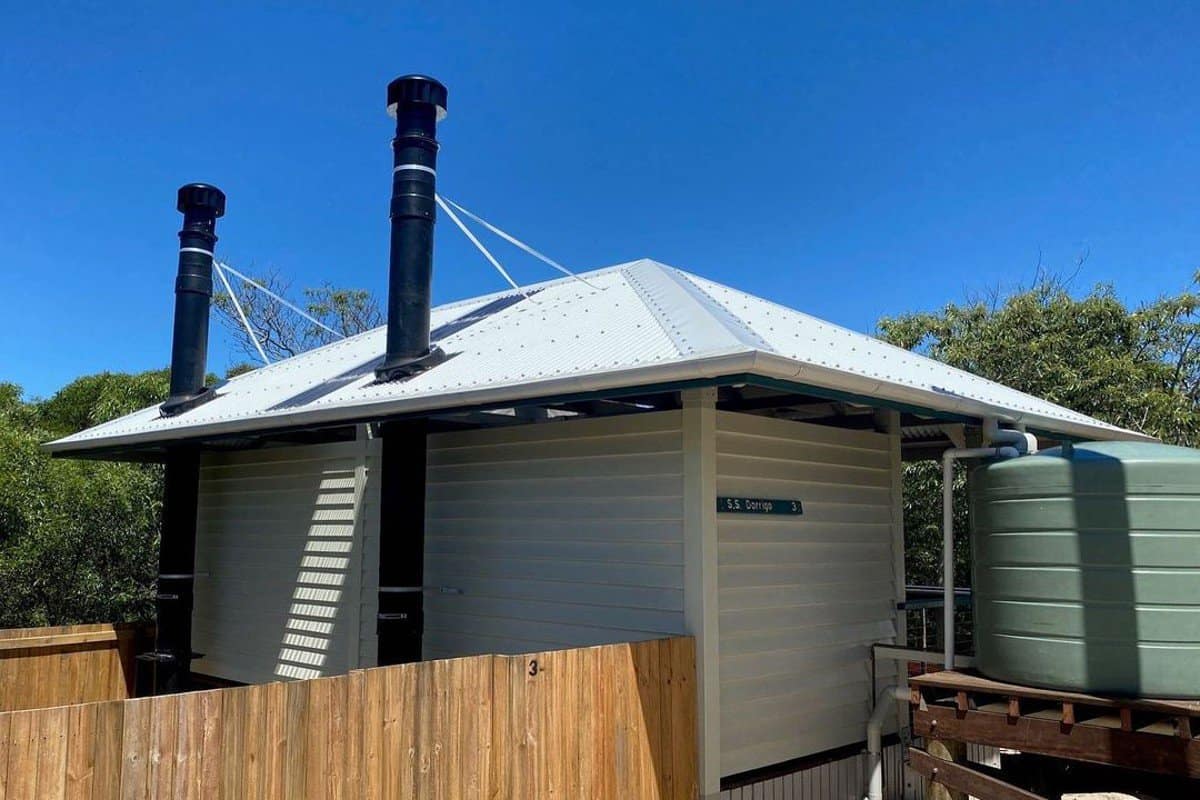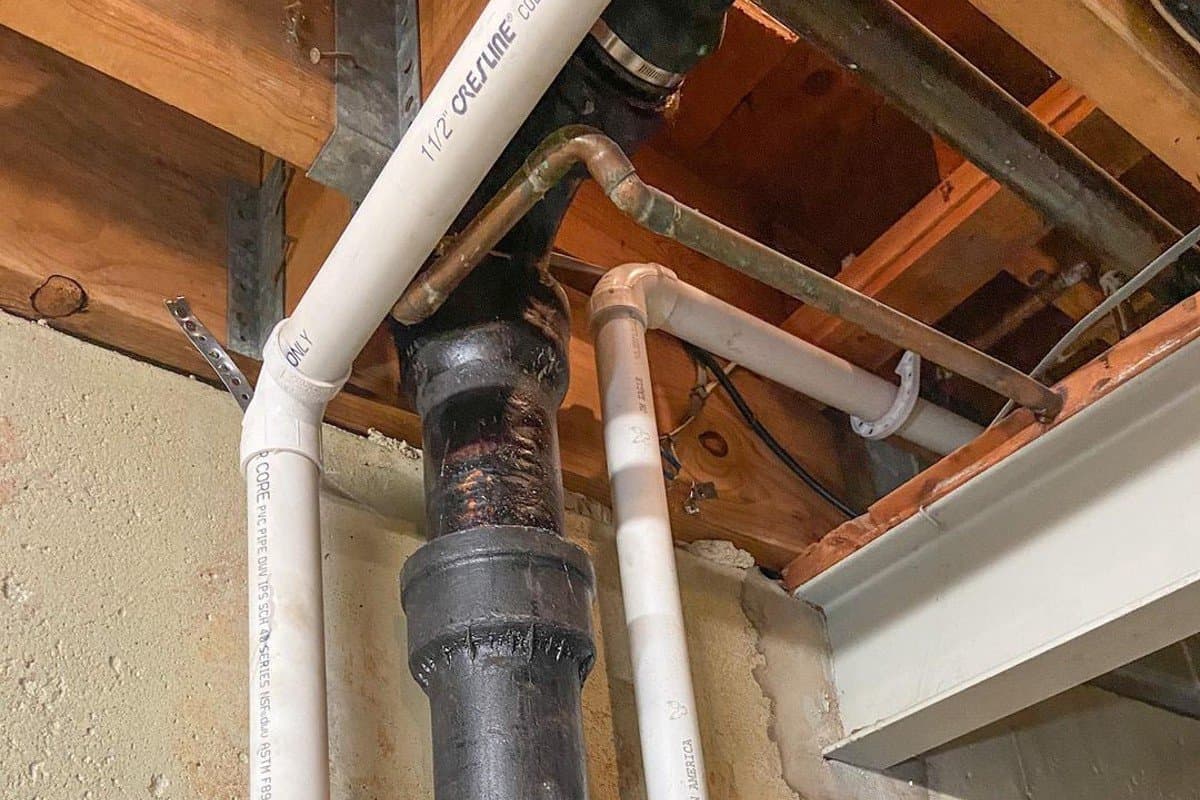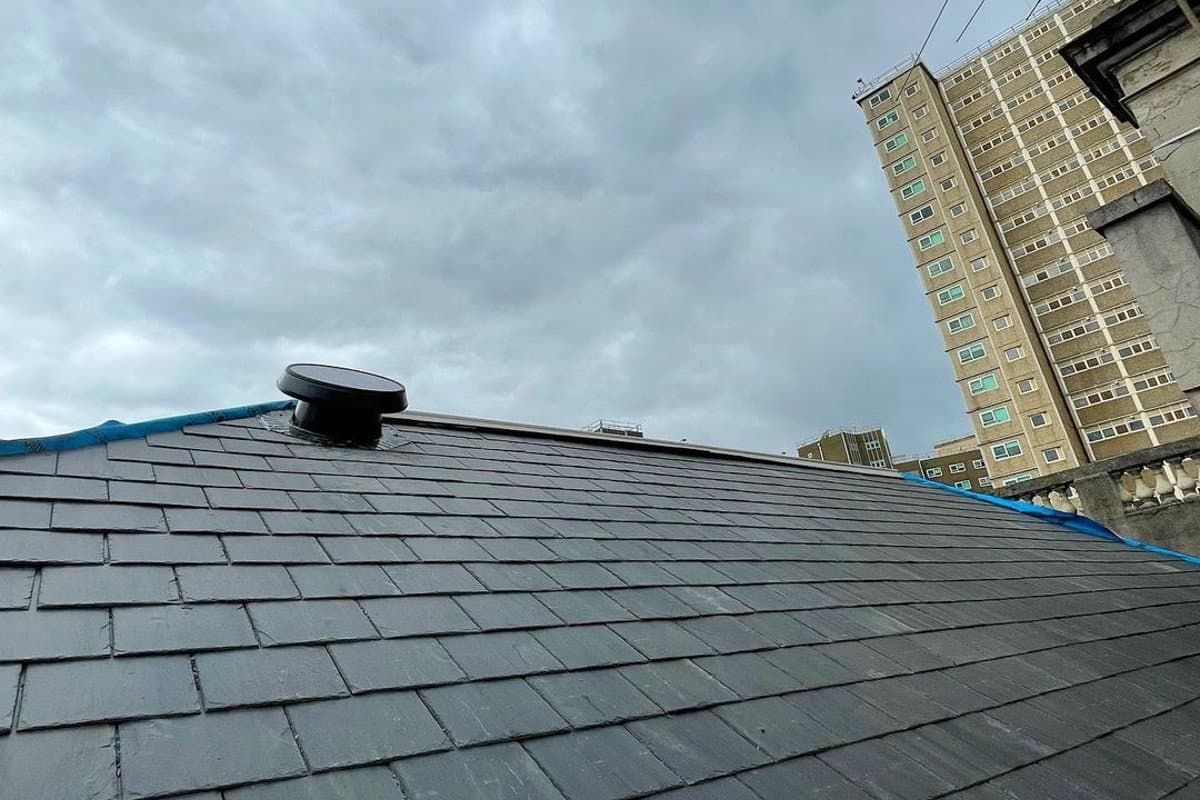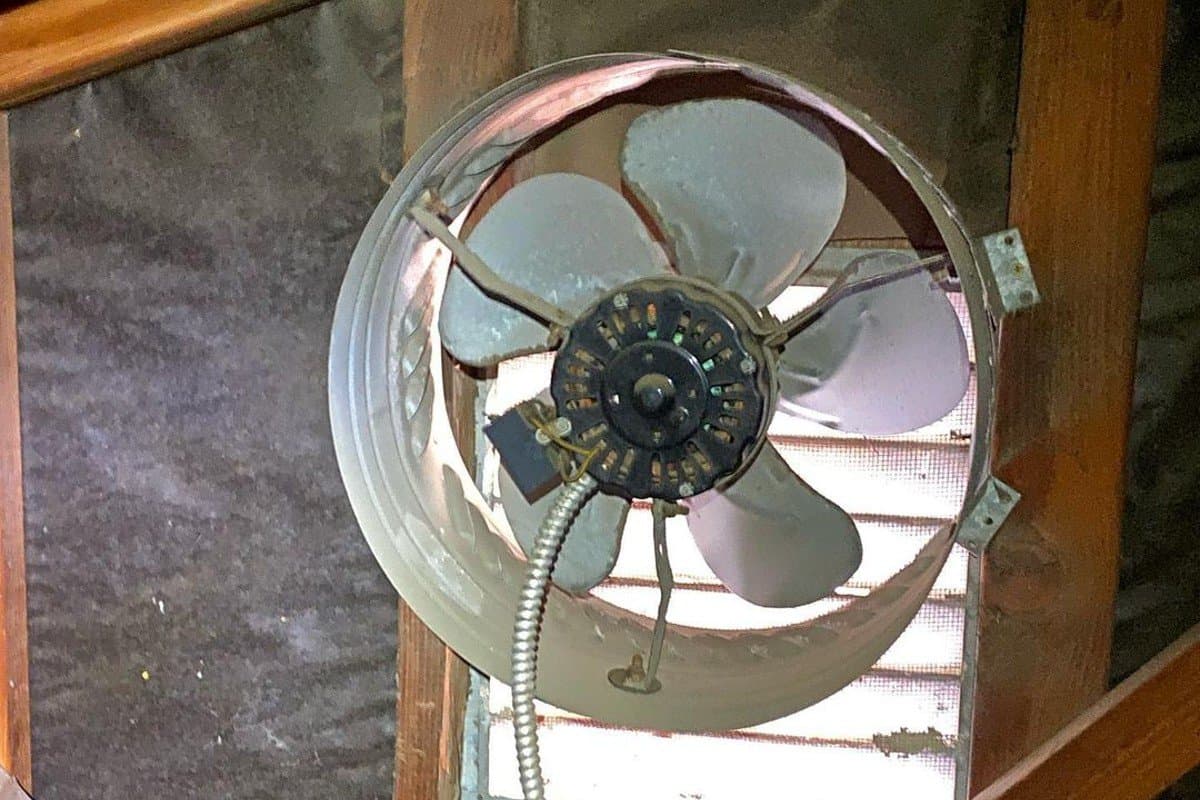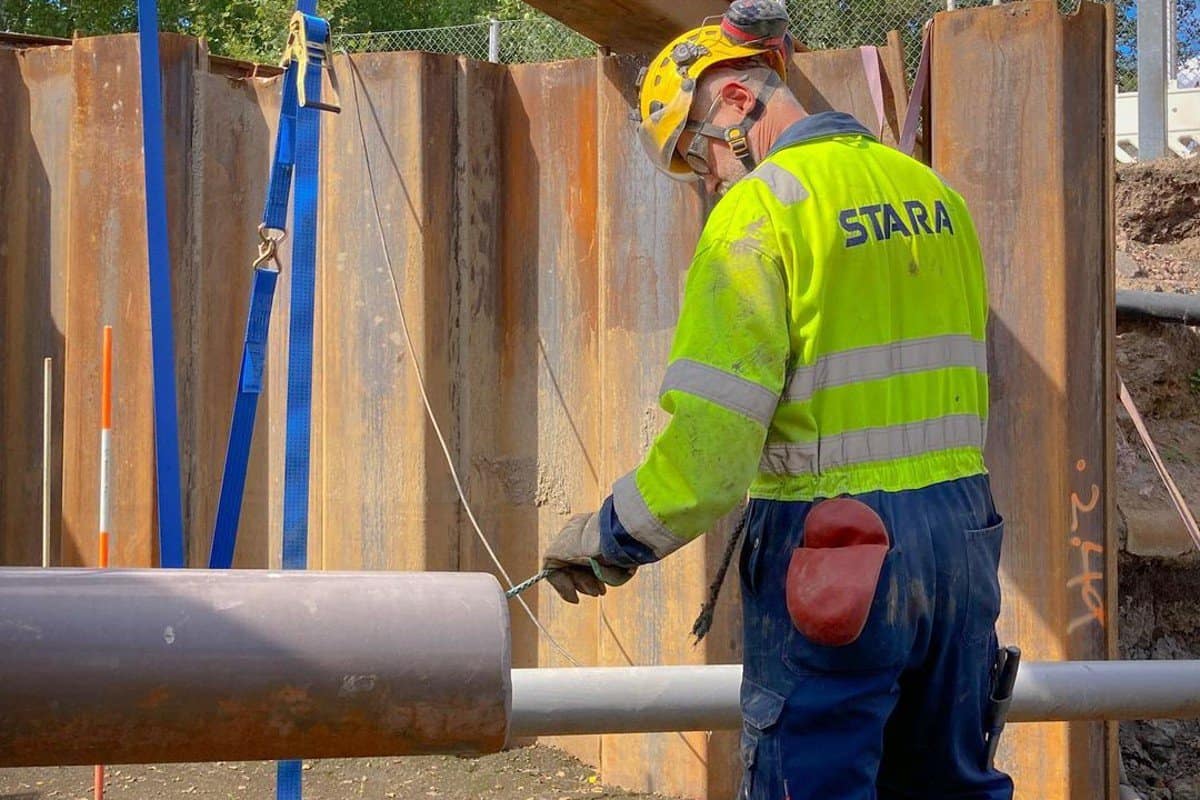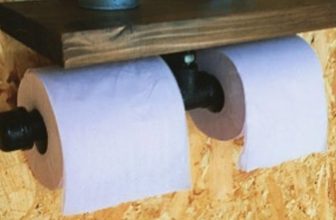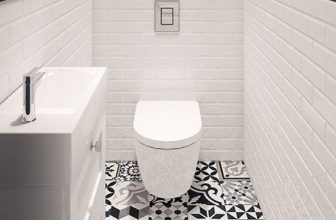Toilet Venting Options – Complete Review
If you’re like most people, you probably don’t think much about your toilet. But have you ever considered how your toilet works? Chances are, your toilet doesn’t just flush your waste away – it also evacuates the foul-smelling air that comes along with it.
That’s because all toilets are equipped with a vent, which is a pipe that directs the smell and gas away from your home and out into the open air. But not all toilets have the same type of vent. So which type of vent is right for you?
Why does a Toilet Need a Vent?
There are many reasons why you need toilet ventilation, but the three most important are to prevent toilet bubbling, allow proper flushing, and keep the water level in the toilet constant.
If there was no vent, the toilet would bubble and gurgle every time it was flushed. This is because the sewer gas and methane gas would not be able to escape, and would build up in the toilet bowl. The gas would eventually escape, but it would cause a lot of noise and a bad smell.
The toilet also needs a vent to allow proper flushing. If there was no vent, the water in the toilet would not be able to escape, and the toilet would not flush properly. This would cause the toilet to become clogged and the water to overflow.
Lastly, the toilet needs a vent to keep the water level in the toilet constant. If there was no vent, the toilet would constantly be losing water through the flushing process. This would cause the water level in the toilet to drop, and eventually, the toilet would overflow.
Toilet Venting Setups
There are many ways of venting a toilet. The most common way is to use a plumbing stack. A plumbing stack is a pipe that goes up through the roof. It is usually made of PVC pipe. The vent pipe from the toilet connects to the plumbing stack.
Another way to vent a toilet is to use a roof vent. A roof vent is a pipe that goes up through the roof. It is usually made of metal. The vent pipe from the toilet connects to the roof vent. In terms of toilet vent distance, this is the longest one.
A third way to vent a toilet is to use an attic fan. An attic fan is a fan that is installed in the attic. The vent pipe from the toilet connects to the attic fan.
How to vent your toilet using a plumbing stack step by step?
If your toilet is constantly backing up, or you just need to get rid of some excess water, you can use your plumbing stack to help vent your toilet. This is a process that should only be done by a professional, or if you are confident in your abilities. Here is a step-by-step guide on how to use your plumbing stack to vent your toilet:
- Close the valves on both the hot and cold water supply to your toilet.
- Flush your toilet to remove as much water as possible.
- Remove the lid to your plumbing stack.
- Locate the clean-out plug at the bottom of the stack. This is a small, black plug that is inserted into the top of the sewer pipe.
- Carefully remove the clean-out plug.
- Connect a garden hose to the outlet on the bottom of the plumbing stack.
- Turn on the water to the hose.
- Open the valves on the hot and cold water supply to your toilet.
- Watch as the water in the plumbing stack is expelled through the hose.
- When the water stops flowing, replace the clean-out plug.
- Close the valves on the hot and cold water supply to your toilet.
- Flush your toilet to check for any leaks.
And there you have it: toilet plumbing vent!
Roof Vent
There are a few different ways to vent a toilet, and the most common way is to use a roof vent. This is a guide on how to vent your toilet using a roof vent.
- Locate the roof vent. This is typically a metal pipe that sticks out of the roof. It may be covered in snow in the winter, so you may need to clear it off before you can proceed.
- Measure the distance from the roof vent to the toilet. You will need to purchase a length of the vent pipe that is long enough to reach from the roof vent to the toilet.
- Cut the vent pipe to the correct length.
- Remove the cap from the roof vent.
- Insert one end of the vent pipe into the roof vent.
- Insert the other end of the vent pipe into the toilet.
- Replace the cap on the roof vent.
- Turn on the fan in the bathroom.
The vent pipe will now allow the toilet to flush properly.
Attic Fan
Do you know that you can use your attic fan to vent your toilet? This is a great way to save water and money, and it’s really easy to do. Here’s a step-by-step guide on how to do it.
- Locate the attic fan. The fan is usually in the attic, near the roof.
- Determine the direction of the fan. The fan should be blowing air out of the house, not sucking air in.
- Cut a hole in the roof near the fan. The hole should be about 12 inches square.
- Install a vent pipe in the hole. The pipe should be about 10 inches long.
- Connect the pipe to the fan. The pipe should fit snugly into the fan.
- Turn on the fan. The fan will now vent the toilet.
- Check the fan periodically to make sure it’s working properly.
Wet Venting
In order to vent your toilet using wet venting you will need to follow these simple steps:
- Locate the main drain line for your home. This will be a large pipe that runs from your home to the street.
- Find the branch line that leads to your toilet. This line will be near the toilet and will have a small diameter.
- Connect the branch line to the main drain line using a T-fitting.
- Run a pipe from the T-fitting to the sink. This pipe can be either vertical or horizontal.
- Connect the sink’s drain line to the main drain line using a Y-fitting.
- Connect the vent line from the toilet to the Y-fitting.
- Make sure that all of the fittings are sealed tightly with the plumber’s tape.
- Flush the toilet to make sure that it is working properly.
Toilet venting options Without a Vent
If you are remodeling your bathroom and are not installing a vent for your toilet, you have a few different options. One option is to install a macerating toilet. This type of toilet has a built-in macerating pump that will chop up your waste and pump it out through a small discharge pipe. This is a good option if you are not able to install a vent, as it does not require one.
Another option is to install an air admittance valve. This is a valve that will allow air into the drainage system to help keep the system flowing. It is installed in place of a traditional vent, and does not require any special plumbing skills to install.
A third option is to install a composting toilet. This is a toilet that uses a composting system to break down your waste and turn it into compost. This is a good option if you are looking for a green option for your bathroom, as it does not require any water or plumbing.
These three options are great if you’re looking for a self-venting toilet, or, as they call it, a ventless toilet.
How does a macerating toilet work?
A macerating toilet is a toilet that uses a macerating pump to break up waste and send it up through the plumbing system. This is a common type of toilet in many homes, as it is an efficient way to move waste without having to worry about clogs or other plumbing problems.
The macerating pump is a powerful motor that breaks up the waste into small pieces. This allows it to move through the plumbing system without any problems. The pump also helps to remove any odors from the waste, so you don’t have to worry about them lingering in your home.
One of the best things about a macerating toilet is that it is so efficient at moving waste. This means that you don’t have to worry about clogs or other problems. The pump can handle anything that you throw at it, so you can rest assured that your toilet will always work properly.
If you are thinking about installing a macerating toilet in your home, there are a few things that you should keep in mind. First, you will need to make sure that your plumbing system is capable of handling the extra load. Second, you will need to make sure that you have enough space to install the toilet.
If you are unsure whether or not your plumbing system can handle a macerating toilet, you can always consult a professional. They will be able to tell you what you need to do to get your plumbing ready for the new toilet.
If you are looking for an efficient and reliable way to move waste, a macerating toilet is a perfect option. These toilets are easy to use and they are built to last. So, if you are looking for a new toilet, be sure to consider a macerating option.
How does the air admittance valve work?
Air admittance valves, also known as Y-shaped valves, are plumbing fixtures that allow air to flow into the drainage system while preventing sewer gases from escaping. They are used to replace traditional vent pipes and are especially useful in buildings that are not connected to a municipal sewer system, such as mobile homes and boats.
The way an air admittance valve works is actually quite simple. When the valve is open, air can flow freely into and out of the drainage system. When the valve is closed, the air pressure inside the drainage system is greater than the atmospheric pressure outside, which prevents sewer gases from escaping.
One of the benefits of using an air admittance valve is that it eliminates the need for a traditional vent pipe. This can be a major advantage in applications where space is limited, such as in mobile homes. Air admittance valves are also relatively easy to install, and they are much less expensive than traditional vent pipes.
While air admittance valves are a great alternative to traditional vent pipes, they do have a few drawbacks. One of the main disadvantages of air admittance valves is that they can create a vacuum in the drainage system, which can cause the drainage system to drain more slowly. Additionally, air admittance valves can be susceptible to clogging, which can prevent them from working properly.
How does composting the toilet work?
A composting toilet system is an environmentally friendly alternative to a traditional flush toilet system. Composting toilets work by separating the solid and liquid wastes and then composting the solid wastes to create a nutrient-rich soil amendment.
Composting toilets are available in a variety of designs, but all work in a similar way. The wastes are deposited into a composting chamber where they are mixed with a bulking agent, such as sawdust, straw, or peat moss. This mixture helps to create air pockets that allow the aerobic bacteria to thrive and break down the organic material.
The composting process takes anywhere from a few weeks to a few months, depending on the design of the toilet and the climate conditions. Once the compost is ready, it can be removed from the toilet and used as a soil amendment in the garden or landscape.
FAQ
Why do you need toilet venting?
The purpose of toilet venting is to provide proper ventilation for the bathroom and to remove any unpleasant smells. Without proper ventilation, the bathroom can become extremely humid and smells can become very unpleasant.
What are the different toilet venting options?
There are several different toilet venting options available, including roof venting, sidewall venting, and window venting. Each option has its own benefits and drawbacks, so it is important to choose the option that is best suited for your needs.
How do I know which toilet venting option is best for me?
The best way to determine which toilet venting option is best for you is to consult with a professional. A professional can help you assess your needs and recommend the best option for you.
What is a self-venting toilet?
A self-venting toilet is a type of toilet that does not require a venting system. This type of toilet is ideal for homeowners who do not have access to a roof or sidewall for venting.
Conclusion
There are many toilet venting options on the market. You can go with a standard roof vent or a specialized toilet vent. The standard roof vent is the simplest and most common option. It is a vent that goes through the roof of your house and vents the air outside. A specialized toilet vent is a vent that is designed specifically for toilets. It has a longer pipe that goes down the drain and helps to vent the air out of the toilet. This is a more expensive option, but it can be more effective at venting the air out of the toilet. As you can see, there is a lot of options available.
